Well, this is awkward.
In another bizarre burst of “innovation”, the fashion world has put forth yet another… questionable bag – in a style straight outta Thailand.
The offender in question is the latest Balenciaga tote, debuted at the recent Autumn/Winter 2016 Fashion Week show last Sunday, as part of Demna Gvasalia’s first collection as Creative Director. We’ll just cut straight to the chase – anyone who’s even stepped into a developing Southeast Asian country once in their life will definitely find the loud, colourblocked stripes on this tote familiar.



I mean, I certainly do. As I recall, the particular memory I have linked to it involves lugging one desperately along the floors of Bangkok’s Suvarnabhumi Airport in the summer of 2013, the cheap thin fabric threatening to rip at any moment and spill all my precious 100baht-buys, as my friends and I ran for our lives to catch a plane we were seconds away from missing. Well, we made it – barely – but after that episode, it’s a little hard for me to associate any kind of positive sentiment with these recyclable rainbow “totes”.
So to see it on the runway, appropriated into something people will be made to pay thousands for, is downright frustrating. Right now, a Balenciaga Classic City bag goes for approximately S$2299, and can go up to S$3000 here in Singapore. One of those massive recyclable bags – called “Sampheng bags”, named after the wholesale market it is most often used in – costs 75baht, which converts to, erm, S$3. Or S$4, actually, since the 80cm monstrosities have apparently climbed to 100baht after the fashion show.
And this isn’t the first time a luxury fashion house has put out an accessory drawing inspiration from a cheap everyday object. Who can forget the Louis Vuitton plaid tote of Spring/Summer 2007, a dead ringer for the tacky tartan-print Chinatown plastic bags? Or Commes des Garcons’ brown paper “shopping bags” that just scraped the surface of being socially acceptable?
If anything, the people of Thailand have only found humour in this new turn in fashion, as seen from the hordes of good-humoured Instagram posts.
And in a tasteful blend of chic meets street:
The Bangkok Post even reported an official statement from the country’s Commerce Ministry’s Intellectual Property Department, reassuring citizens that sure, bringing the rainbow bag you’ve had for years to Europe won’t be an illegal act, as the vastly different “material, pattern, shape and colour” means that no intellectual property has been violated. Phew. Good to know I won’t be incarcerated for carrying plastic and nylon in place of a luxury leather bag.
Call me a cynic, but shouldn’t a hefty price tag in the world of high fashion stand for more than just good material, and – hopefully – construction in a country other than China? Obviously, I don’t speak for everyone, but I would like to think that at any time, any amount of money handed over is justified by thought, effort, and creativity put into the product. Right now, all there seems to be said is that designers are running out of ideas – and that you can take the labour out of the developing country, but you can’t take the developing country out of the labour.
But then again, that’s just one opinion. Perhaps there are scores of supporters out there in the fashion world, endorsing the notion that fashion can be recycled – literally. And who then would any of us be, to call out a respected high-end fashion house, for making choices that must have been approved by a PR team with a good head on their shoulders? The unfortunate truth here is, fashion is and always will be left to the big boys; the rest of us mere mortals can only take to Instagram to entertain ourselves with #balenciagathailand.


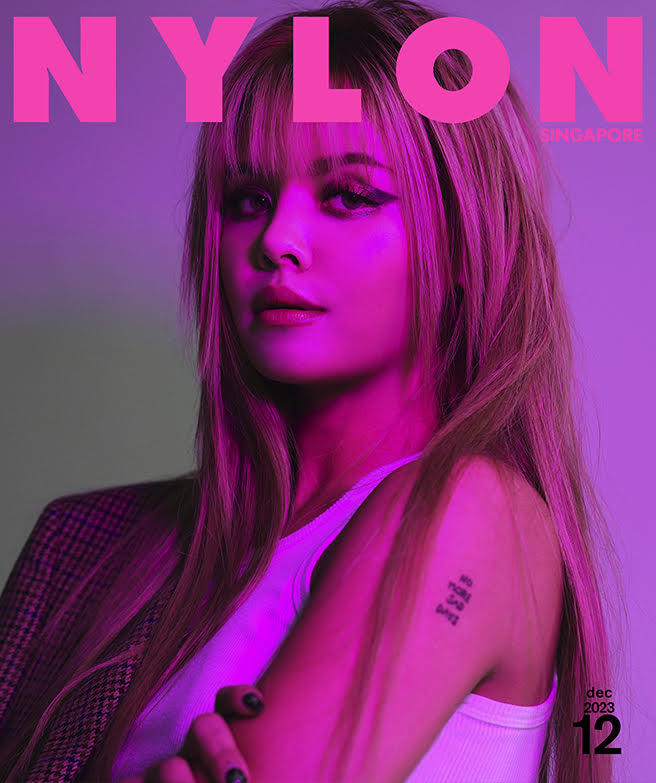
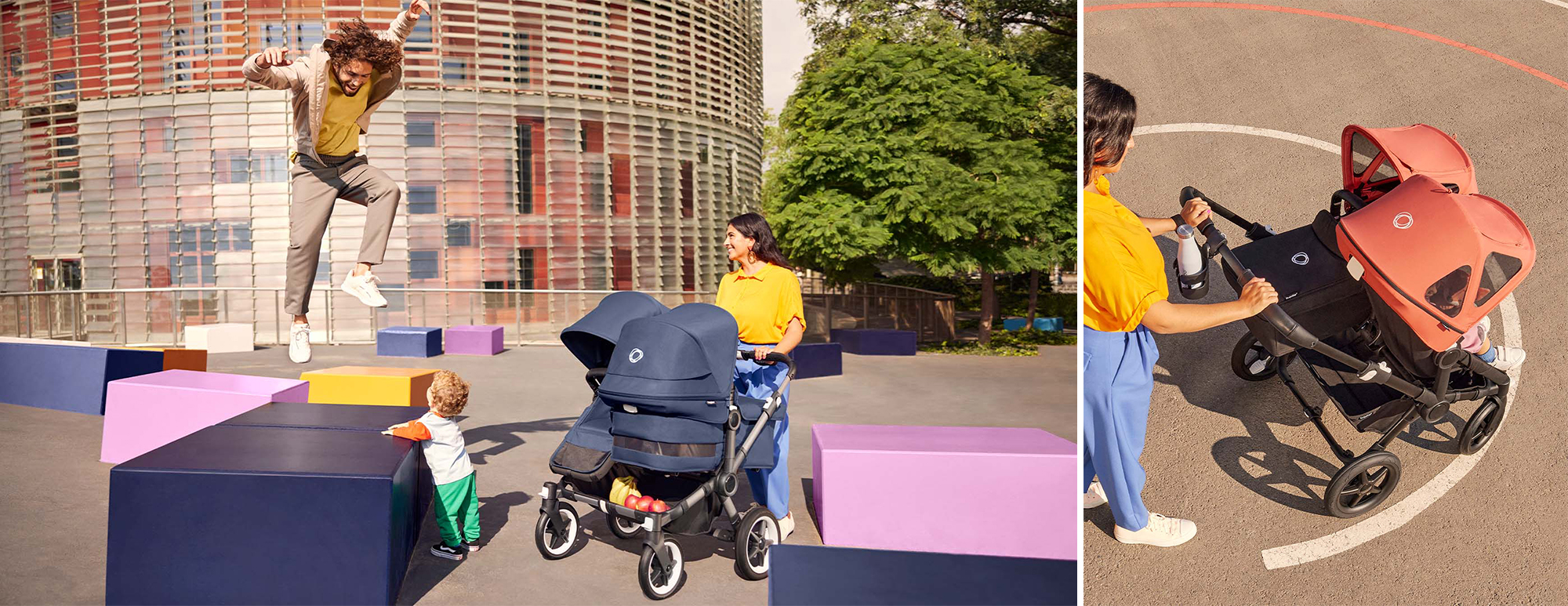
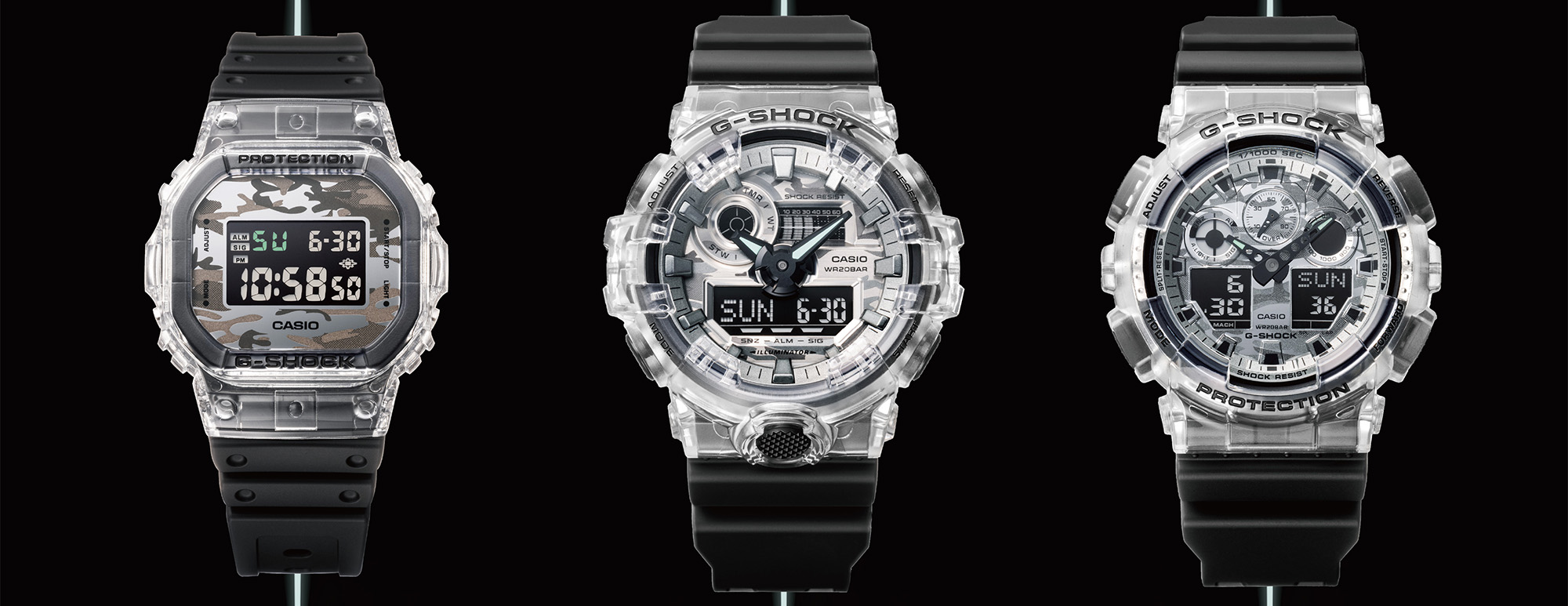
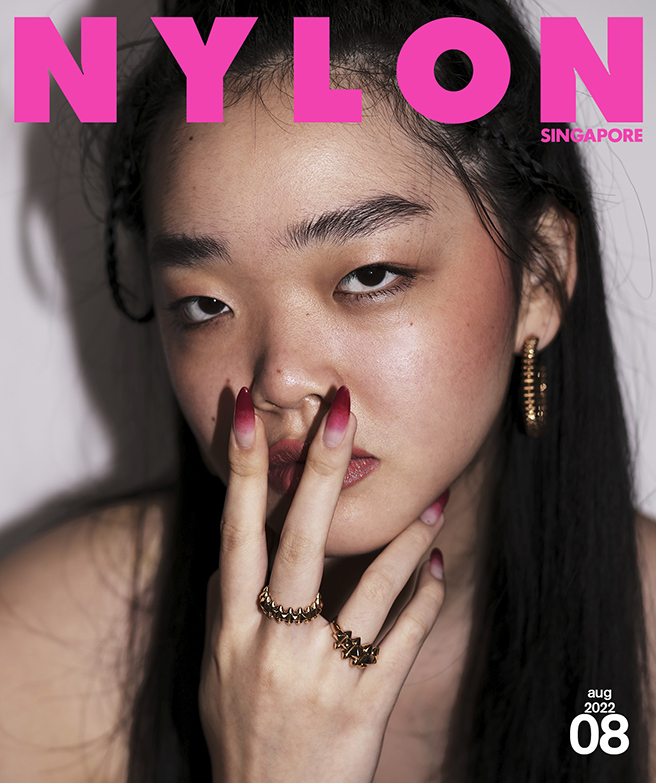
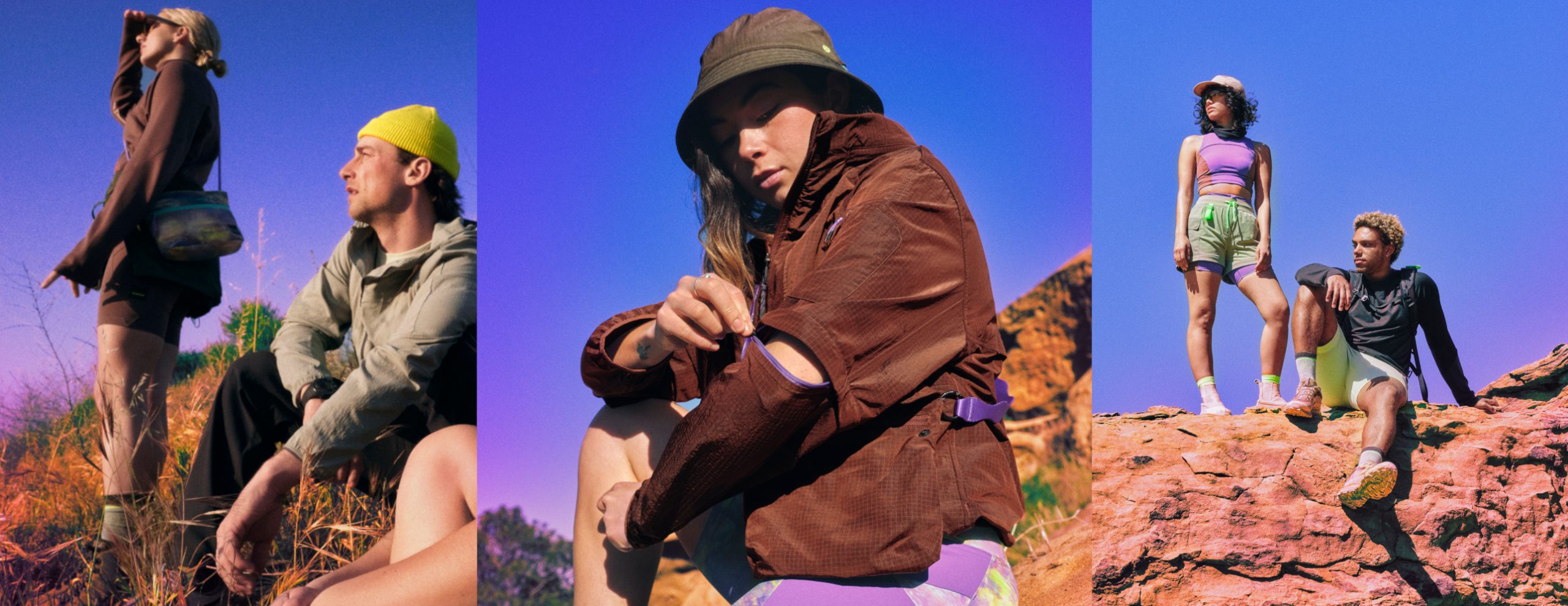
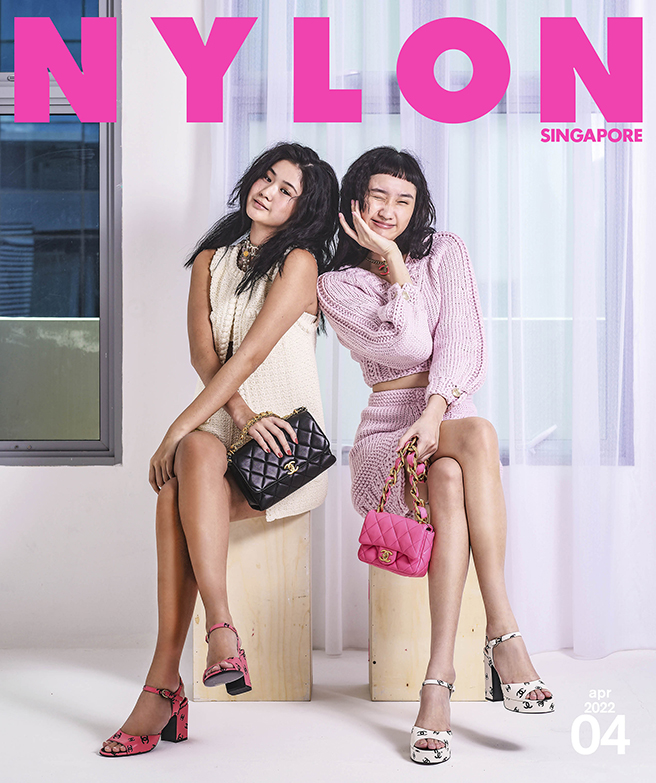
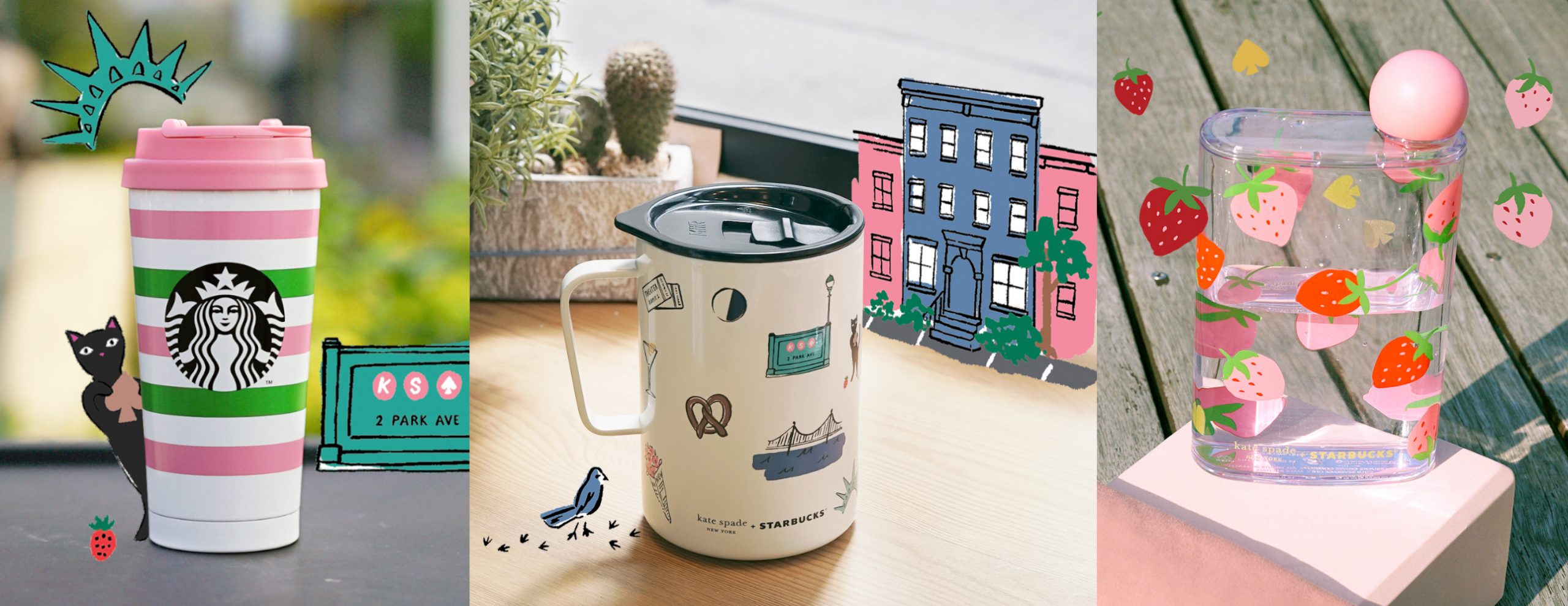
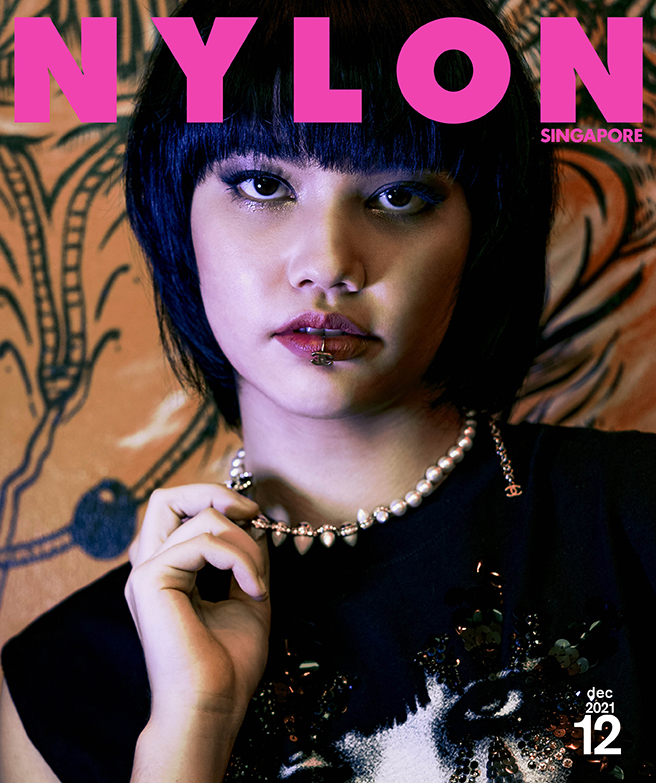

You must be logged in to post a comment.